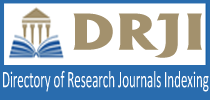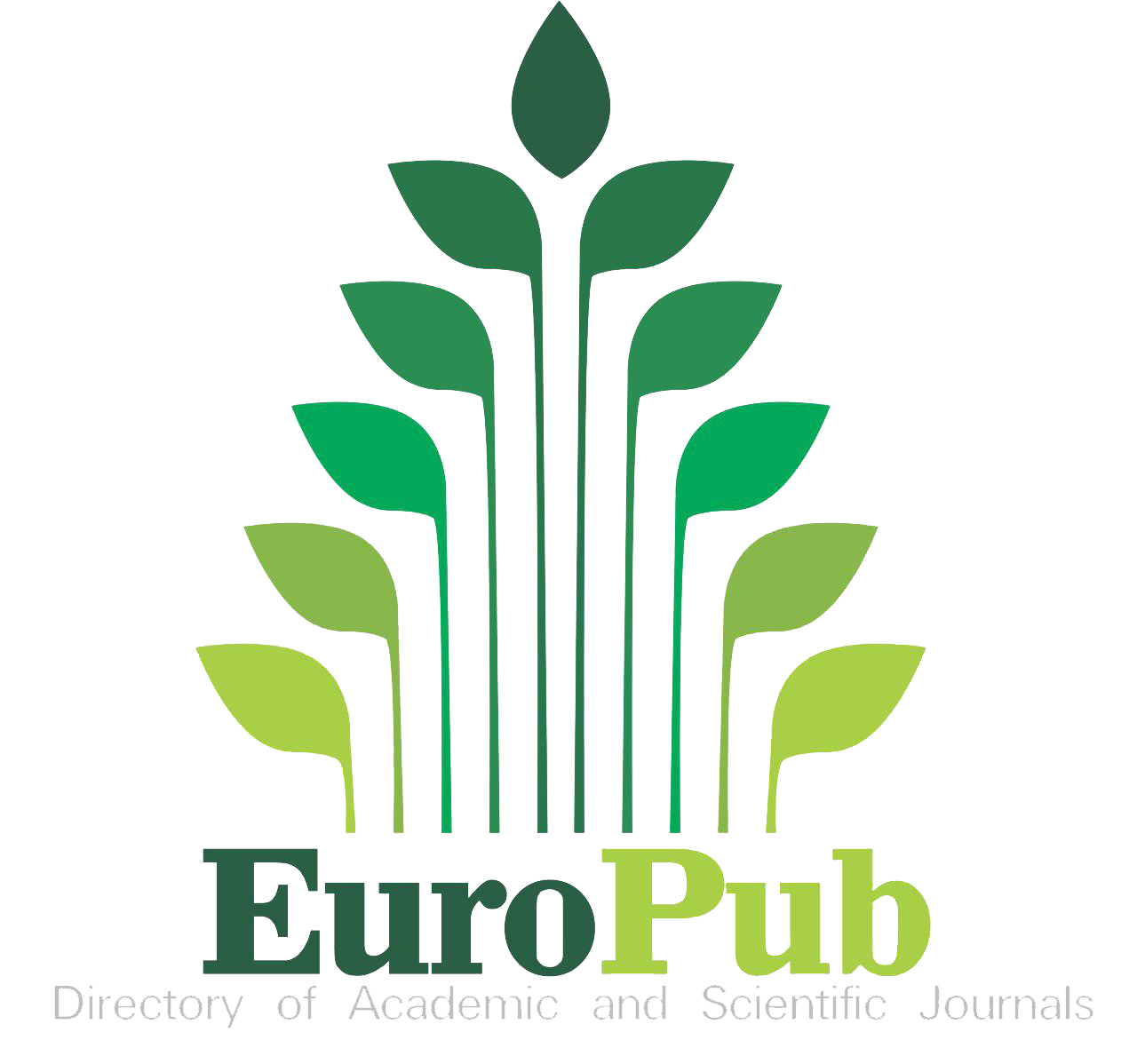
Articles are Open Access and Licensed under a Creative Commons Attribution-NonCommercial 4.0 International License.
Volume: 3 Issue: 1 - JUNE 2023
| COVER | |
| 1. | Cover GPT STUDIOS Page I |
| EDITORIAL | |
| 2. | Editorial Emine Cihangir, Kübra Cihangir Įamur, Mehmet Þeremet Page II |
| FULL ISSUE | |
| 3. | Full Issue GPT STUDIOS Pages 1 - 75 Abstract | |
| RESEARCH | |
| 4. | A Mode of Space Production in the Nineteenth Century: Parceling (Ýfraz) as a Method of Land Commodification and Urbanization in Late Ottoman Empire Burcu Arýkan doi: 10.5505/gpts.2023.83997 Pages 7 - 23 This thesis deals with a specific method of space production which is called ifraz. Ifraz means dividing a larger piece of land into smaller, and this method may be implemented in various ways depending on the context. This study will focus on parceling empty suburban areas to commodify nature and sell and transform agricultural forests, gardens, and yards into built areas. I will briefly demonstrate the literature on urban history, land, property, and infrastructure to base my findings on ifraz and urbanization. Through a more extensive set of the archival scan, ifraz, in general, will be demonstrated as an intensified type of space production in the nineteenth century, accelerating significantly with the Tanzimat Edict. |
| 5. | Muðla Karabaðlar Yaylasýnýn Kadim Üretim ve Peyzaj Deðerlerinin Dünya Kültürel Peyzaj Alanlarý Įerįevesinde Deðerlendirilmesi Hatice Cansu Cesur, Emel Karakaya Ayalp doi: 10.5505/gpts.2023.68077 Pages 24 - 39 Bu įalýþmanýn amacý Muðla Karabaðlar Yaylasýnýn bir yarý-kýrsal kültürel peyzaj alaný, mikro iklim üreten yapýsý ve bir hassas ekosistem niteliklerine sahip olmasý įerįevesinde UNESCO Dünya Kültürel Peyzaj Alanlarý Mirasý Kriterleri kapsamýnda deðerlendirilmesidir. Įalýþmada niteliksel karþýlaþtýrmalý analize dayalý olarak dünyadan ve Türkiyeden seįilen ve UNESCO Dünya Kültürel Peyzaj Alanlarý Mirasý Listesinde yer alan iki vaka ele alýnmýþtýr. Ayrýca, araþtýrmada Katýlýmcý Gözlem Tekniðine de yer verilmiþtir. Dolayýsýyla, bu araþtýrmada hassas bir ekosistem, özgün kültürel ve mimari kimliðe sahip bir yaþam ve tarýmsal üretim alaný olan Muðla Karabaðlar Yaylasý niteliksel olarak UNESCO Dünya Kültürel Peyzaj Alanlarý Mirasý Listesine olasý adaylýk sürecinde hangi kriterler ýþýðýnda aday konumundadýr sorusuna cevap aranmýþtýr. Įalýþmada, Dünya Kültürel Peyzaj Alanlarý Mirasý Listesinde yer alan Honghe Hani Pirinį Teraslarýnnýn Kültürel Peyzajý/Manzarasý ve Diyarbakýr Kalesi ve Hevsel Bahįelerinin seįilme kriterleri doðrultusunda yorumlanarak Muðla Karabaðlar Yaylasýnýn olasý adaylýk süreci iįin įýkarýmlarda bulunulmuþtur. Araþtýrma sonuįlarý göstermiþtir ki Muðla Karabaðlar Yaylasý ürettiði mikro klima, kültürel peyzaj, yerel biyoįeþitlilik, endemik türler, tarýmsal biyoįeþitlilik ve kýrsal mimari tipolojisi nitelikleri ile UNESCO Dünya Kültürel Peyzaj Alanlarý Mirasý Listesine adaylýk bakýmýndan potansiyele sahiptir. The aim of this study is to evaluate Muðla Karabaðlar Plateau in the scope of Cultural Landscapes of the UNESCO World Cultural Heritage List criteria with the Plateaus semi-rural cultural landscape specificities, micro-climatic qualifications, and sensitive ecosystem character. In the study, two cases, which are included in the Cultural Landscapes of the UNESCO World Cultural Heritage List, are selected from the World and have been discussed with Qualitative Comparative Analysis Technique. Thus, in the research, the answer to the question of which criteria are sought in the possible candidacy process of Muðla Karabaðlar Plateau, as a sensitive ecosystem, a living and agricultural production area with a unique cultural and architectural identity, to Cultural Landscapes of the UNESCO World Cultural Heritage List are relevant? is asked. In the research, the Cultural Landscape of Honghe Hani Rice Terraces and Diyarbakýr Fortress and Hevsel Gardens, which are included in the Cultural Landscapes of the UNESCO World Cultural Heritage List, are interpreted in accordance with the selection criteria. In this respect, the inferences were made for the possible candidacy of Muðla Karabaðlar Plateau. The results of the research reveal that Muðla Karabaðlar Plateau has a valuable potential for Cultural Landscapes of the UNESCO World Cultural Heritage List candidacy with its micro climatic conditions, cultural landscape, local biodiversity, endemic species, agricultural biodiversity, and rural architectural typology. |
| 6. | Gastronomi Turizminin Þehir Pazarlamasýna Etkisi: Üsküdar Gastronomi Sokaðý Ýstanbul Ýli Örneði Özlem Yýldýrým, Eren Altunbað, Oðuzhan Týnmaz, Hakan Yýlmaz doi: 10.5505/gpts.2023.04706 Pages 40 - 49 Gastronomi turizmi, destinasyonlarýn įekiciliðini artýrmanýn yaný sýra merak edilen yerel mutfak kültürlerini yakýndan tanýma fýrsatý bulmada da önemli bir rol oynamaktadýr. Türkiye, gastronomi turizmi aįýsýndan farklý kültürlerin bir arada yaþadýðý ve her þehrin kendine has mutfaðý olan bir ülke olarak tanýmlanabilir. Bu įalýþmada gastronomi turizmi ve þehir pazarlamasý iliþkisi literatür tarama yöntemiyle incelenmiþ ve Ýstanbul ilinde yer alan Üsküdar Gastronomi Sokaðý hakkýnda detaylý bilgi verilmiþtir. Yapýlan gözlem sonrasýnda, 2022 yýlýnda faaliyete baþlayan ve 250 metre uzunluðundaki Üsküdar Gastronomi Caddesinde toplam 63 iþletmeye ulaþýlmýþ olup ile bunlardan 31nin gastronomi iþletmesi olmadýðý ve 32sinin ise gastronomik ürünleri barýndýran iþletmeler olduðu tespit edilmiþtir. Araþtýrma sonucunda, Gastronomi Sokaðýnýn olumlu ve olumsuz yönleri incelenmiþ, sonuį ve öneriler sunulmuþtur. Gastronomy tourism plays an important role in increasing the attractiveness of destinations, as well as having the opportunity to get to know the curious local cuisine cultures closely. In terms of gastronomic tourism, Turkey can be defined as a country where different cultures coexist and each city has its own cuisine. In this study, the relationship between gastronomy tourism and city marketing was examined by the literature review method and detailed information was given about Üsküdar gastronomy street in the city of Istanbul. After the observation, the number of businesses in Üsküdar Gastronomy Street, which started operating in 2022 and is 250 meters long, has been reached, and it has been observed that 31 businesses are not gastronomy businesses in the street with a total of 63 businesses, and 32 businesses are businesses that host gastronomic products. As a result of the observation, the positive and negative aspects of the Gastronomy Street were examined and the results and suggestions were presented. |
| REVIEW | |
| 7. | A Systematic Review of Multidimensional Urban Poverty and Deprivation Indicators Mehdi Roshani, Kübra Cihangir Įamur doi: 10.5505/gpts.2023.03511 Pages 50 - 69 According to the World Bank, in 2018, approximately 9.2% of the world's population, or around 689 million people, lived in extreme poverty, defined as living on less than $1.90 per day. The United Nations' Sustainable Development Goal aims to eradicate extreme poverty by 2030. Rapid population growth can strain limited resources and infrastructure, especially in low-income areas. Insufficient access to basic services and inadequate housing can exacerbate poverty and deprivation. Additionally, urbanization, often driven by population growth, can result in the concentration of poverty in densely populated urban areas, further exacerbating social exclusion and inequality, and also deprivation. Poverty and deprivation are closely related concepts that are often used interchangeably, but they have slightly different meanings. Measuring poverty and deprivation in cities serves multiple important purposes, such as aiding in the development of effective policies, allowing for efficient allocation of resources, and assessing social and economic inequalities. To analyze how scientific literature is addressing the measurement of deprivation to tackle such urban challenges, a systematic review following the PRISMA guidelines was performed in the Web of Science and Scopus databases. After screening following the inclusion criteria, 49 studies were identified in order to analyze multidimensional poverty and deprivation indicators in urban contexts. Among these selected studies, most of them were utilizing Alkire-Foster (AF) method for measuring and evaluating the non-monetary dimension of poverty. This review also highlighted that there appears to be a gap in the measures of urban deprivation domains and indicators in these articles. |
| 8. | Women Entrepreneurship in Tourism Industry; General Outlook of Turkey Ozlem Ozdemir doi: 10.5505/gpts.2023.07279 Pages 70 - 75 Tourism continues to grow and has been perceived as a fertile sector for entrepreneurial initiatives. The importance of women in business life as an entrepreneur has become a significant phenomenon in recent decades. Over the past decade, although women entrepreneurs have gained more education and experience and the more women are entering male-dominated occupations, the integration of women into positions of authority within business organisations has achieved only limited success. Due to a predominance of small firms and relatively low entry barriers have led to tourism entrepreneurs being premised on its potential to empower women and providing opportunities specifically for women entrepreneurs (Figueroa-Domecq, Jong and Williams, 2020). According to United Nations (UN) Woman in Tourism report, the majority of the tourism workforce worldwide is female; 54 per cent of people employed in tourism are women compared to 39 per cent in the broader economy. A high proportion of women are employed in the tourism area. However, their function in the sector is dominated by unskilled, low-paid jobs. In this study, women entrepreneurs position in Turkey has been examined briefly in order to show their existence by considering their obstacles and challenges. |











